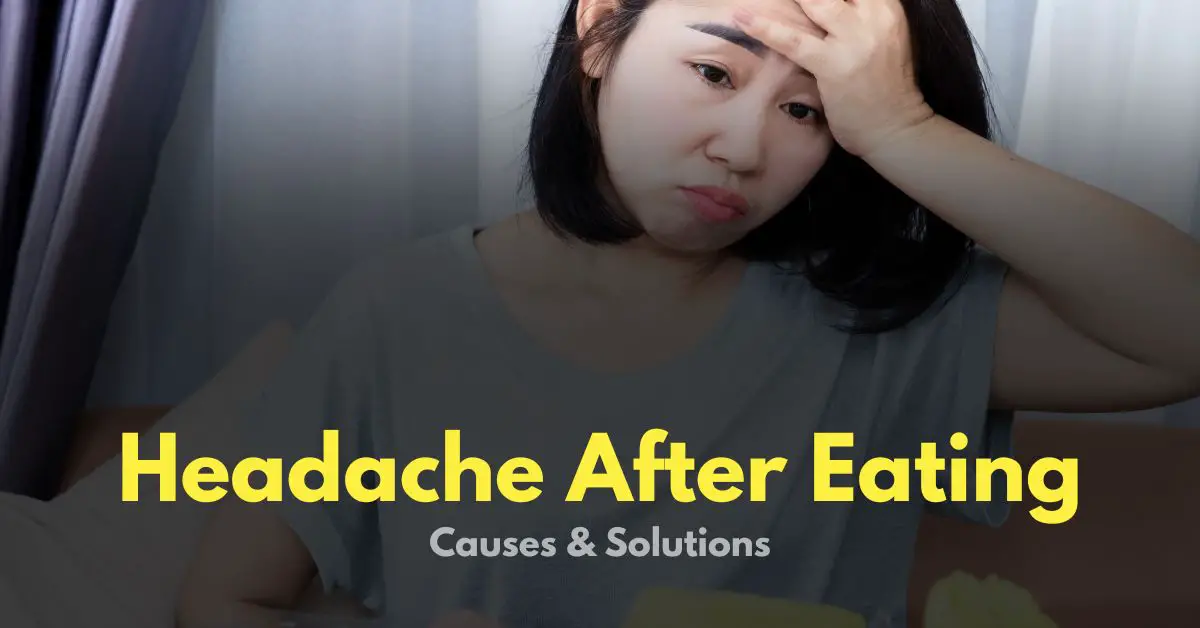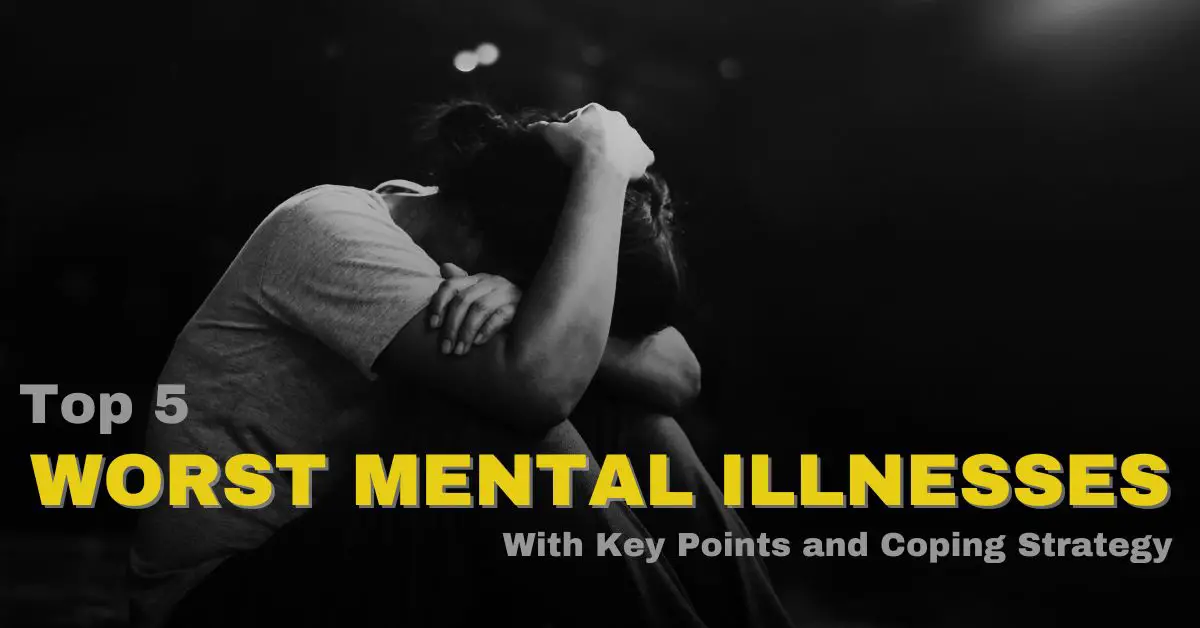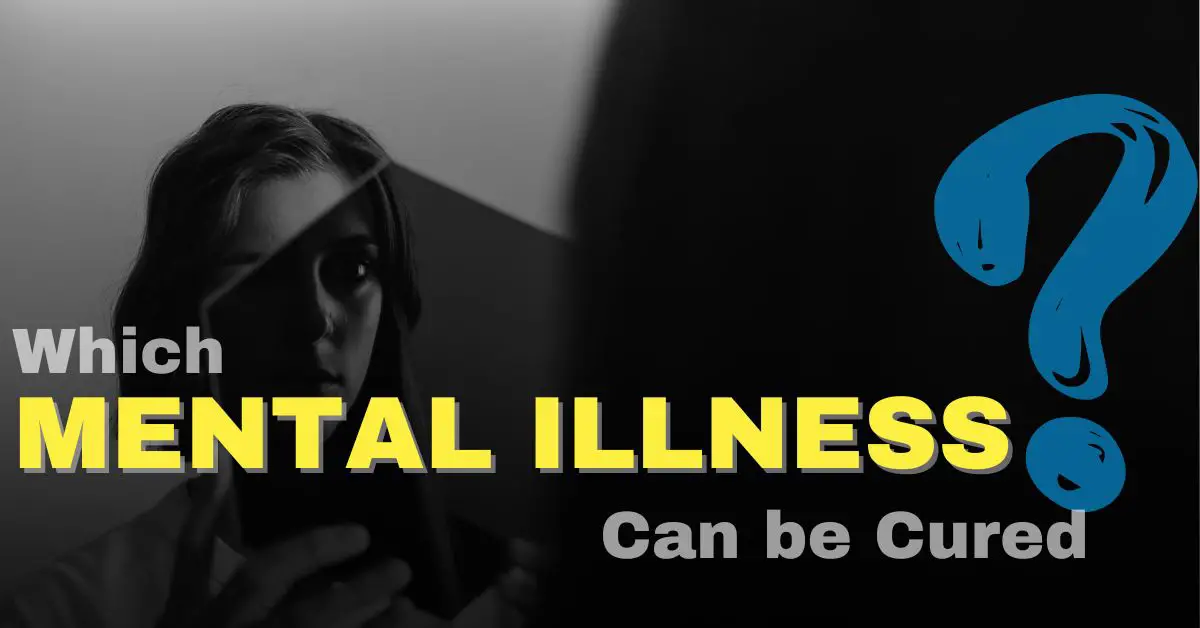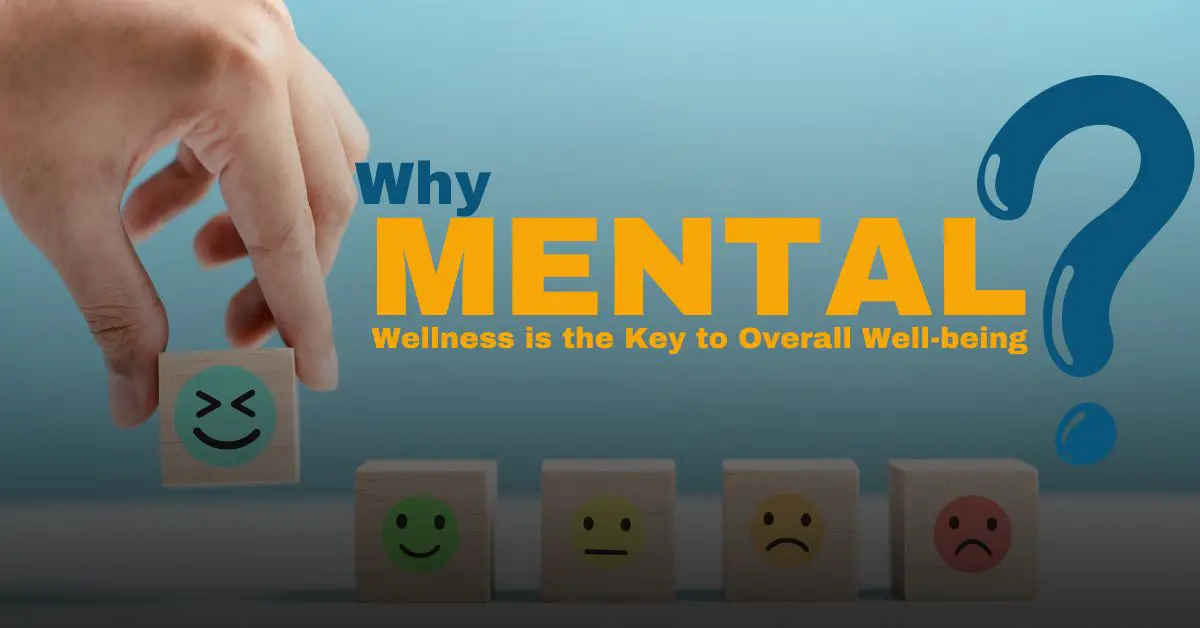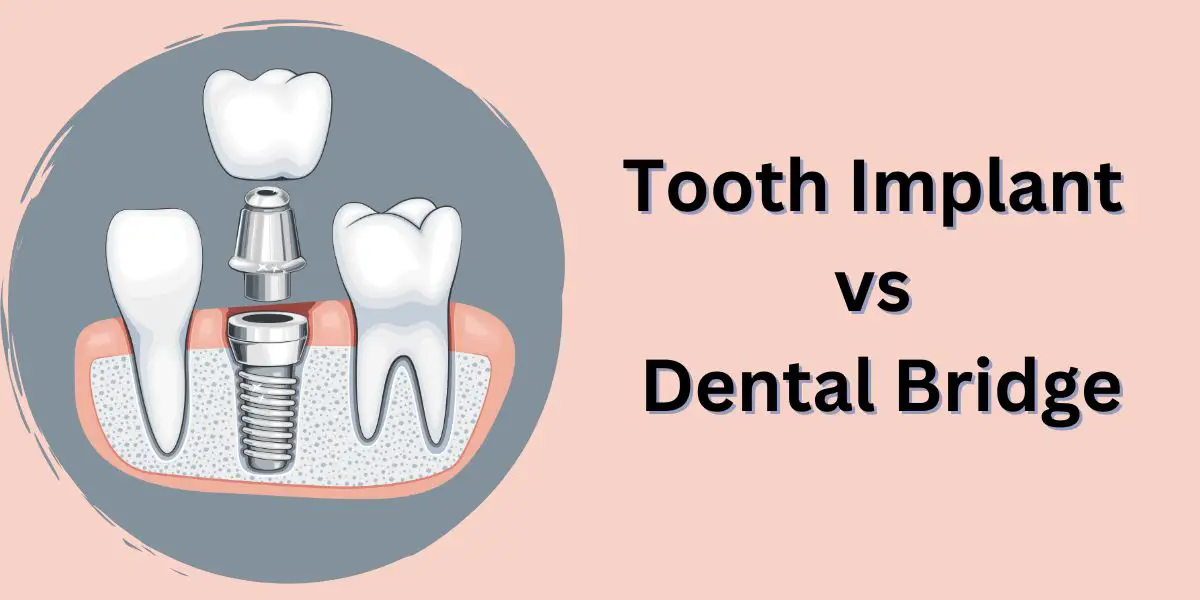FDA Approves COVID Vaccines for High-Risk Individuals
On August 27, 2025, the FDA approved updated COVID vaccines for high-risk populations, marking a shift from universal vaccination. Eligibility includes adults over 65 and individuals with chronic conditions. This guide explores vaccine details, eligibility, public health implications, and steps for safe vaccination, helping Americans navigate the updated recommendations effectively.




